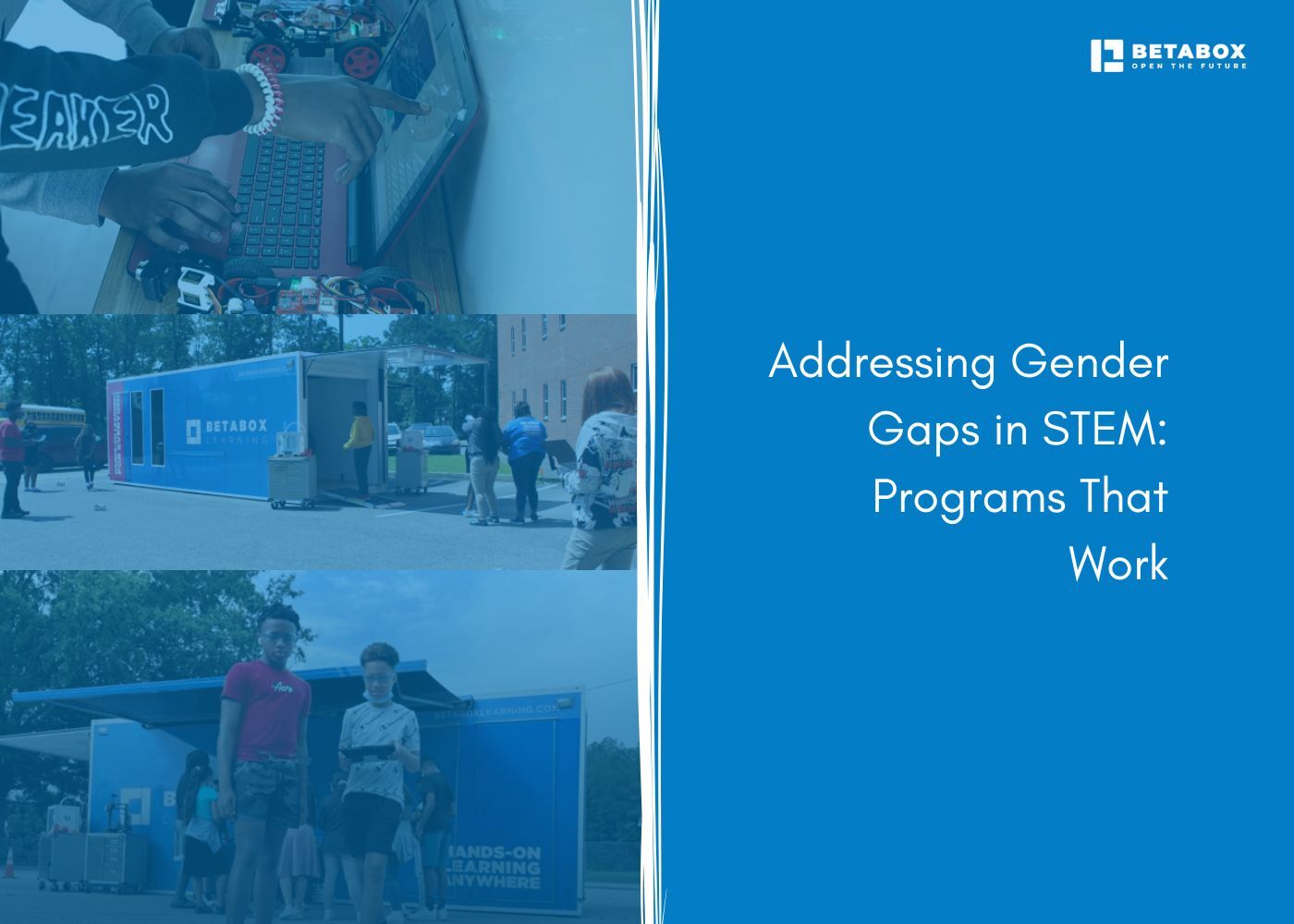
Women remain underrepresented across science, technology, engineering, and mathematics fields. While women earn approximately half of all bachelor's degrees, they hold far fewer positions in technical roles. This disparity begins in K-12 education, where girls often receive fewer encouragement signals than boys when exploring technical subjects.
The gap widens at critical transition points: middle school course selection, high school advanced placement enrollment, college major declaration, and early career retention. Understanding these inflection points helps educators and organizations design targeted interventions.
Cultural narratives about who "belongs" in STEM shape children's self-perception before formal education begins. Students internalize these messages through media representation, toy marketing, and unconscious bias from adults.
Many girls have fewer opportunities to tinker with robotics, coding tools, or engineering equipment outside school. This experiential gap compounds when schools lack resources for quality hands-on instruction.
When students cannot envision themselves in technical careers, they self-select out of STEM pathways. Schools in underserved areas particularly struggle to connect students with professionals who share their backgrounds.
The most effective programs introduce technology through project-based learning rather than abstract concepts. When students build working prototypes, program robots, or design solutions to community problems, they develop confidence in their technical abilities.
Schools using mobile STEM labs report increased participation from female students. These experiences happen on campus, eliminating transportation barriers that disproportionately affect girls in rural or low-income communities.
Between grades 5 and 8, interest divergence accelerates. Programs that succeed during this window share common elements: collaborative projects, real-world applications, and explicit connections to career pathways.
Hands-on STEM projects give students agency over their learning journey. When girls see their designs succeed, they internalize engineering identity before societal pressure peaks.
Guidance counselors equipped with career exploration tools help students make informed decisions about elective courses. Digital platforms that showcase diverse STEM professionals and map academic pathways reduce information asymmetry.
Students benefit from seeing professionals who navigate challenges similar to their own. Female engineers, scientists, and technologists provide tangible proof that success is achievable.
Effective mentorship extends beyond one-time speakers. Sustained relationships allow students to ask questions, receive feedback, and build professional networks.
Successful initiatives match mentors and mentees based on interests rather than just demographics. They provide structured interaction frameworks while allowing organic relationship development.
Schools partnering with STEM industry leaders gain access to volunteer networks. These partnerships bring current practitioners into classrooms, making career pathways visible and accessible.
Girls-only STEM clubs and competitions create supportive environments where students explore interests without social pressure. These spaces normalize technical curiosity and celebrate intellectual risk-taking.
Companies closing gender gaps implement transparent promotion criteria, equitable project assignment, and inclusive meeting practices. When technical contributions receive recognition regardless of communication style, retention improves.
Policies accommodating caregiving responsibilities prevent talented professionals from leaving technical fields. Remote options and non-linear career paths keep women engaged during life transitions.
Senior leaders who advocate for women's advancement create opportunities for high-visibility projects and leadership roles. This active sponsorship accelerates career progression.
Mobile field trip experiences bring advanced technology directly to school parking lots. This turnkey approach ensures all students, regardless of zip code, access cutting-edge equipment.
When entire schools participate together, STEM becomes part of campus culture rather than a niche interest. This normalization particularly benefits female students who might otherwise feel isolated.
Teachers using checkout-based STEM kits report higher engagement from all students. These resources include materials, lesson plans, and facilitation guides, reducing barriers to implementation.
Professional development workshops help educators integrate hands-on learning into existing curriculum. When teachers model technical problem-solving, students absorb implicit messages about who can succeed in STEM.
Digital platforms connecting classroom projects to career opportunities help students envision their futures. When girls complete a robotics challenge, they immediately see related professions and required education paths.
Programs closing equity gaps intentionally serve Title I schools and rural districts. These communities face compounded challenges: resource constraints, geographic isolation, and limited local STEM employment.
Organizations operating across multiple states achieve scale through public-private partnerships. Industry funding supports school implementations at no cost, ensuring economic barriers don't exclude students from opportunity.
When parents understand STEM career potential, they encourage continued participation. Evening showcase events where students demonstrate projects educate entire families about technology pathways.
Effective initiatives coordinate efforts between schools, higher education institutions, employers, and community organizations. This ecosystem approach ensures students receive consistent support across transition points.
Districts can implement comprehensive programs that span grade levels and align with workforce needs. Coordinated strategies yield stronger outcomes than isolated interventions.
State and federal policy can direct resources toward high-need schools lacking STEM infrastructure. Competitive grants incentivize innovation while formula funding ensures baseline access.
Preservice education programs should include hands-on STEM pedagogy regardless of certification area. Elementary teachers particularly need confidence facilitating technical activities.
Tracking participation and achievement data by demographic groups reveals where gaps persist. Transparent reporting motivates continuous improvement and highlights successful models.
Closing STEM gender gaps requires coordinated action across education systems, workplaces, and communities. Early hands-on experiences spark interest, mentorship sustains engagement, and inclusive policies retain talent.
The most effective programs share common characteristics: accessible implementation, evidence-based design, and explicit connections to career pathways. When schools receive support removing barriers to quality STEM education, all students benefit.
Organizations and districts ready to strengthen STEM opportunities can explore implementation options tailored to their context. Whether through mobile labs, project-based curriculum, or professional development, multiple entry points exist for creating meaningful change.
Start your STEM equity journey today by connecting with specialists who help schools design comprehensive approaches. When we open technology pathways to every student, we build a future that works for everyone.
What causes the gender gap in STEM fields?
The gender gap results from multiple factors including stereotype threat, limited early exposure to hands-on technology, absence of female role models, and workplace cultures that don't support women. These barriers compound across educational transitions from elementary through career stages.
How can schools encourage more girls to pursue STEM?
Schools effectively encourage girls through early hands-on project experiences, visible female role models, collaborative rather than competitive learning environments, and explicit connections between classroom activities and career pathways. Whole-school participation normalizes technical interests for all students.
What are the best mentorship programs for women in STEM?
Effective mentorship programs match participants by interest rather than demographics alone, provide structured interaction frameworks, extend beyond one-time events, and connect students with practicing professionals. Programs partnering with industry gain access to diverse mentor networks.
How do workplace policies impact gender diversity in STEM?
Workplace policies significantly affect retention through transparent promotion criteria, equitable project assignment, flexible work arrangements, and active sponsorship from senior leaders. Organizations implementing these practices retain female technical talent at higher rates.
Which programs have proven successful in closing the STEM gender gap?
Programs demonstrating measurable success include mobile STEM labs bringing technology to underserved schools, project-based curriculum with comprehensive teacher support, career pathway tools connecting learning to professions, and multi-stakeholder initiatives coordinating efforts across education and industry.
Why are female role models important in STEM education?
Female role models provide tangible proof that STEM success is achievable for girls. When students see professionals who share their backgrounds navigating technical careers, they develop stronger STEM identity and persist through challenges. Representation makes career pathways visible and accessible.


Ready to learn how Betabox resources can be implemented at your school or District?
Book a Blueprint Call

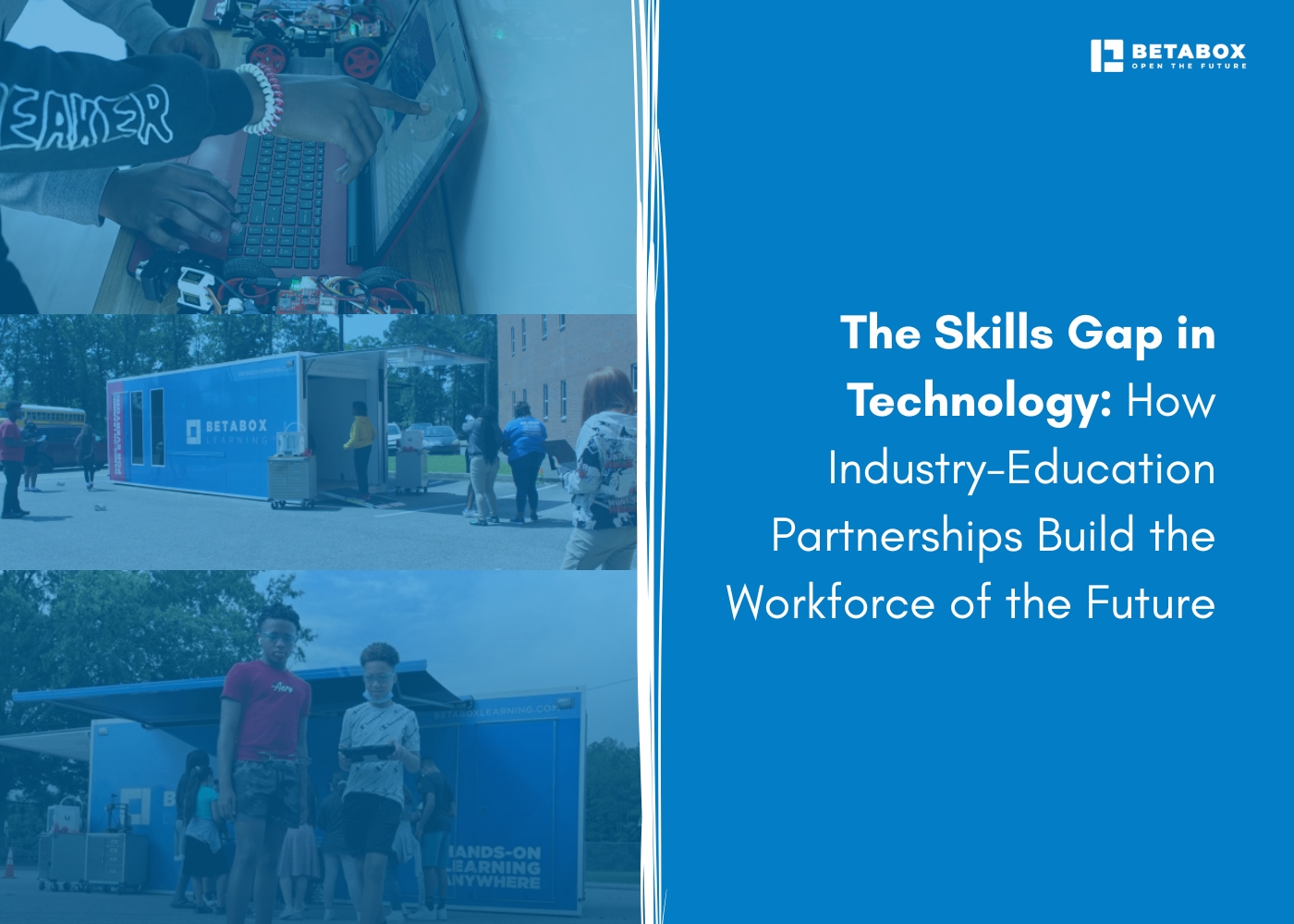

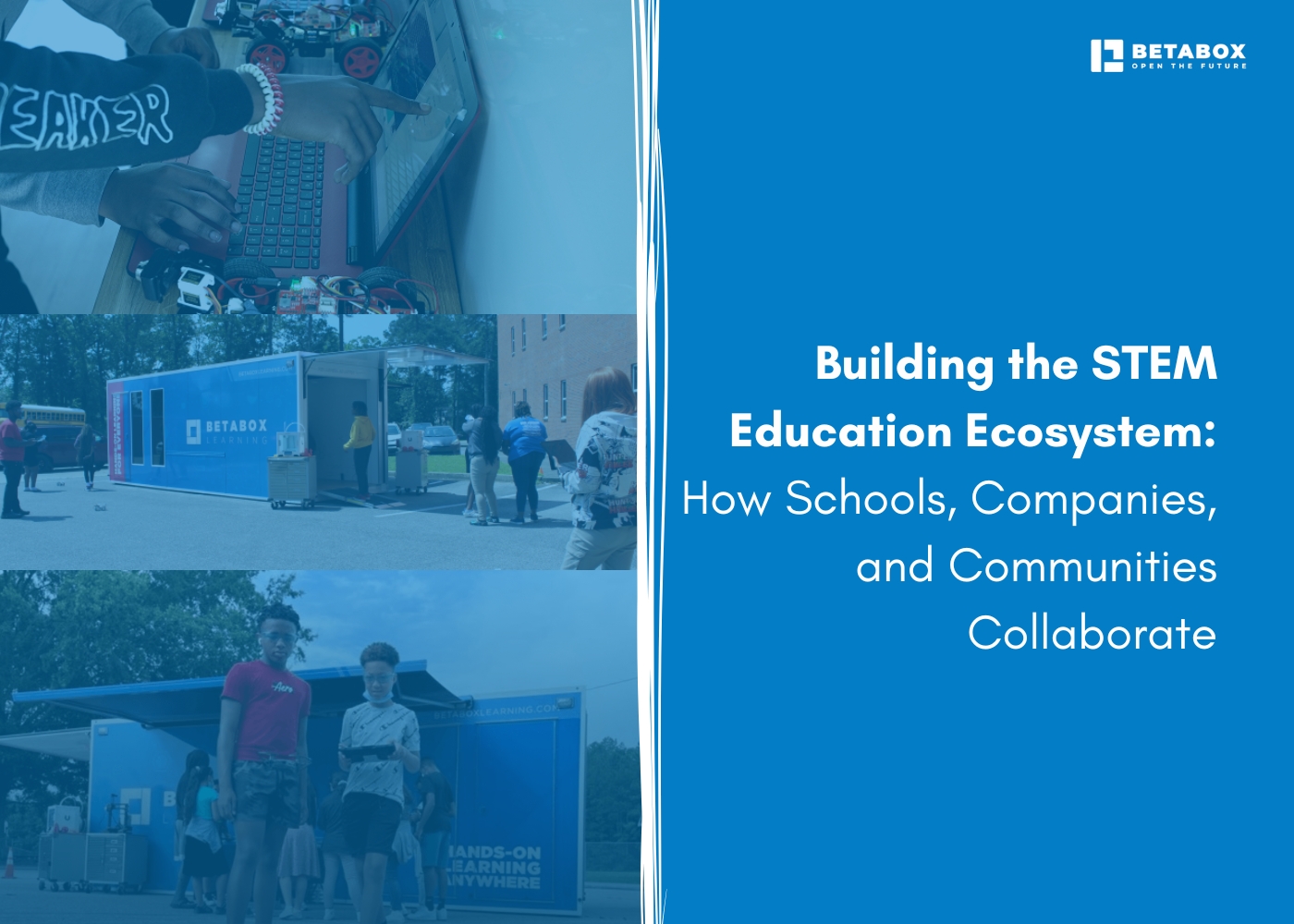

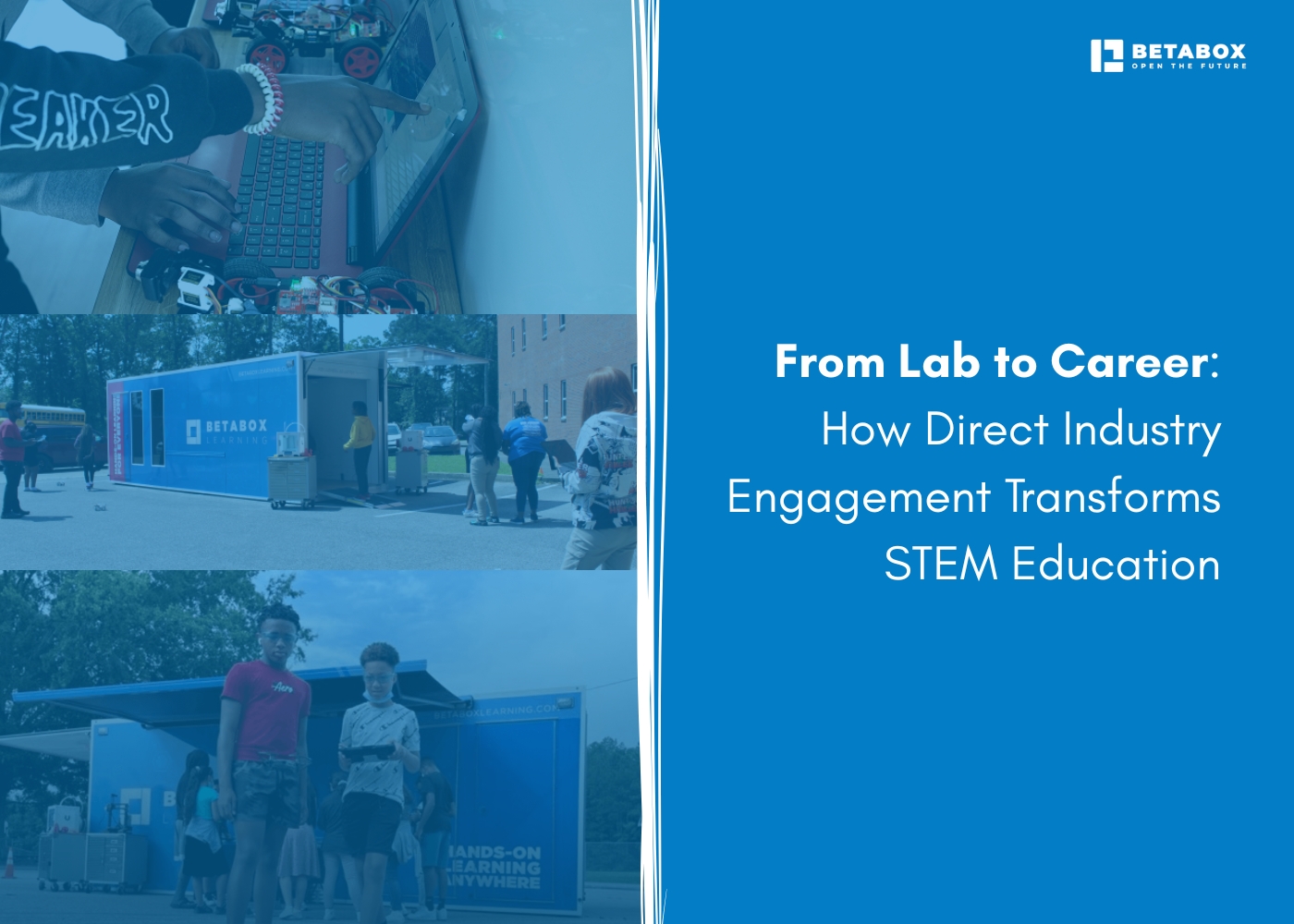

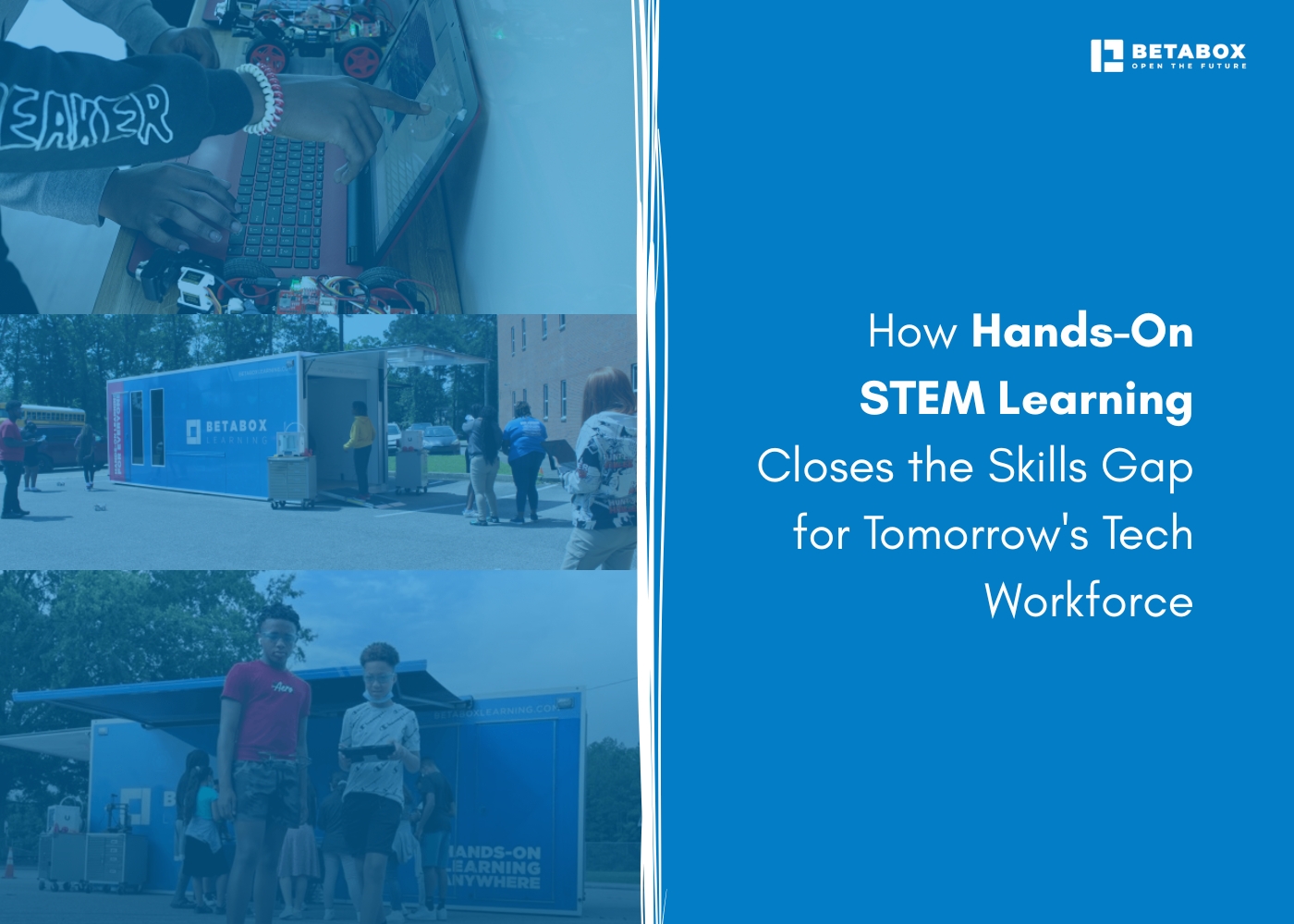

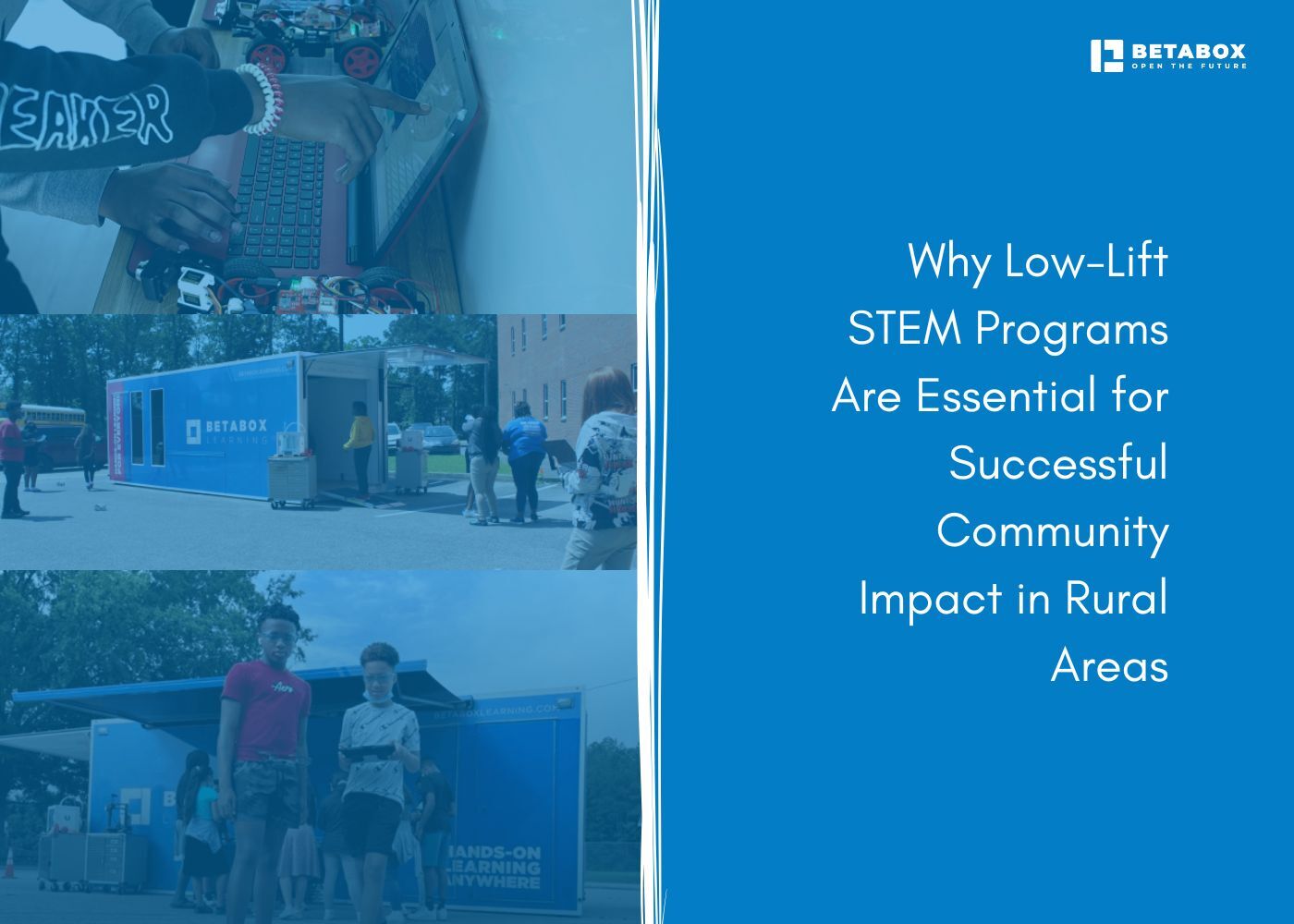

.jpg)

.jpg)

.jpg)

.jpg)







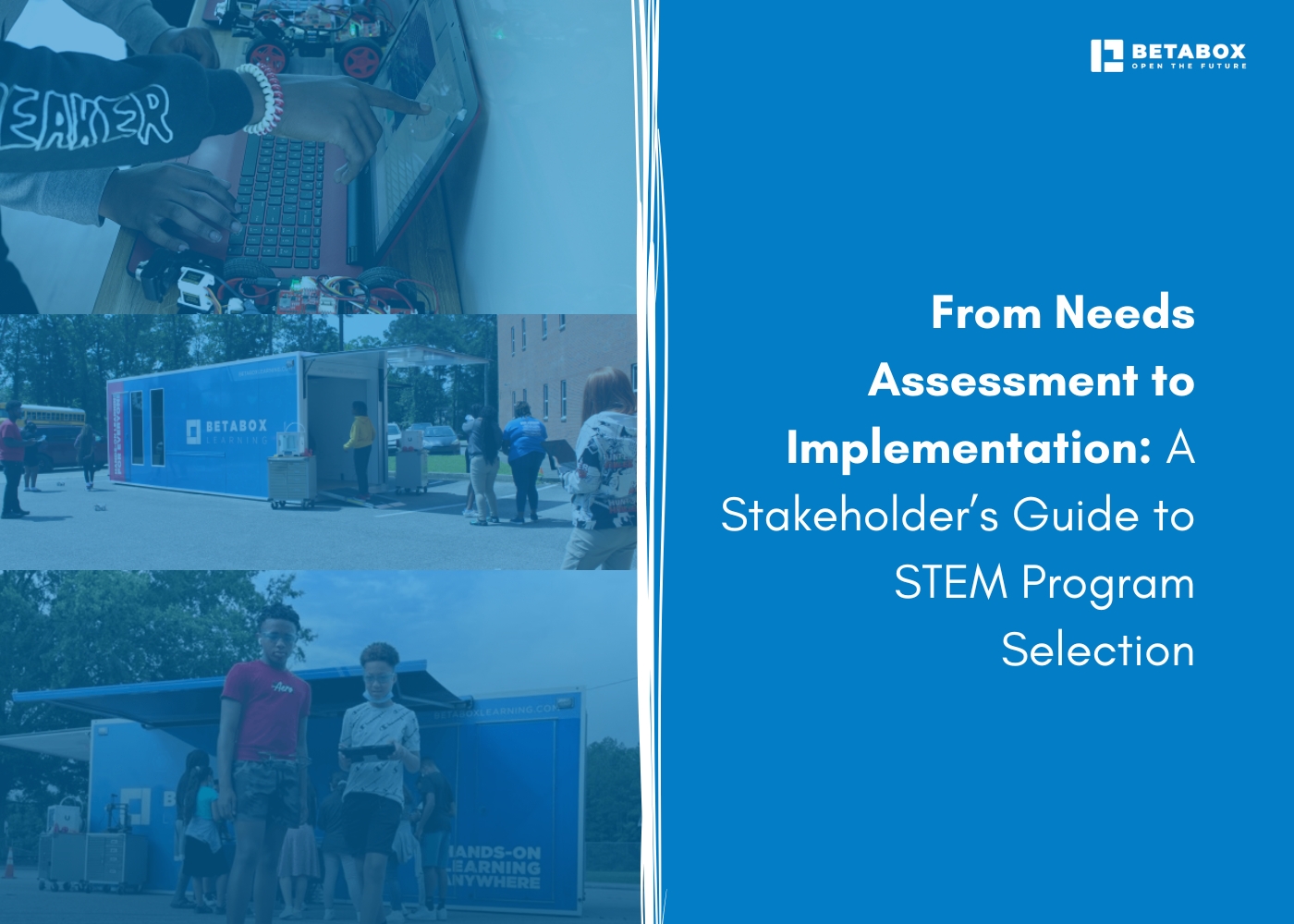

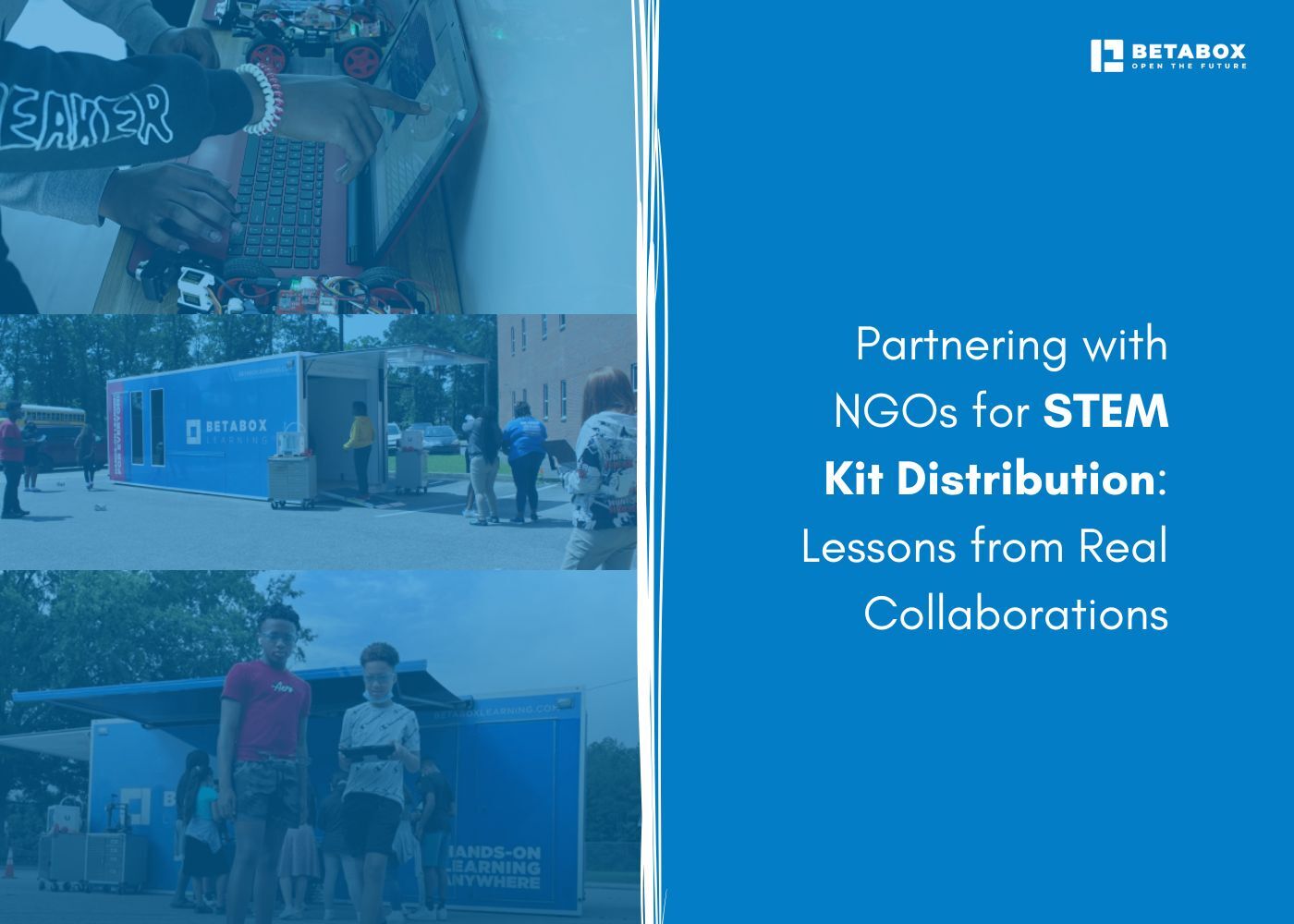

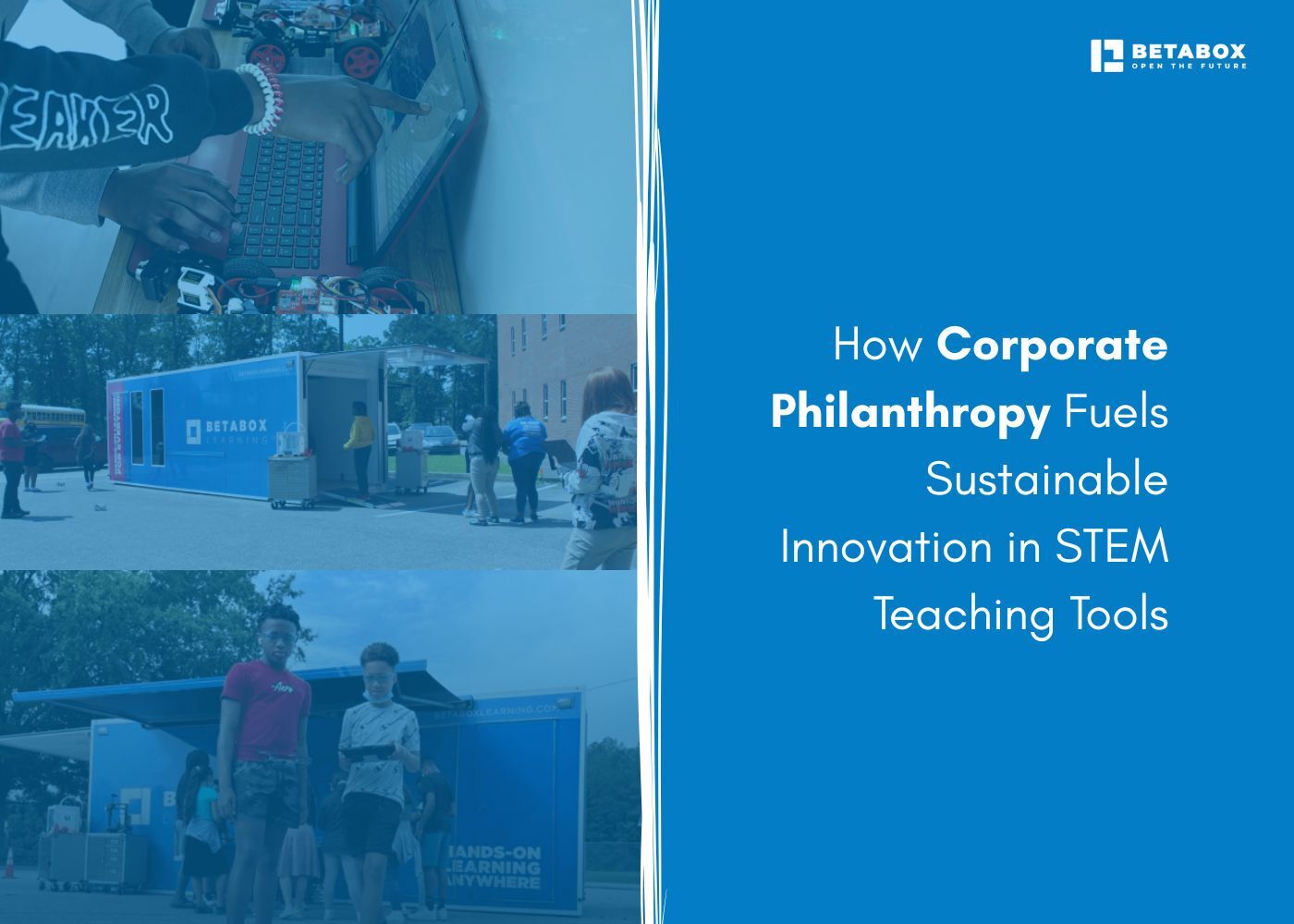

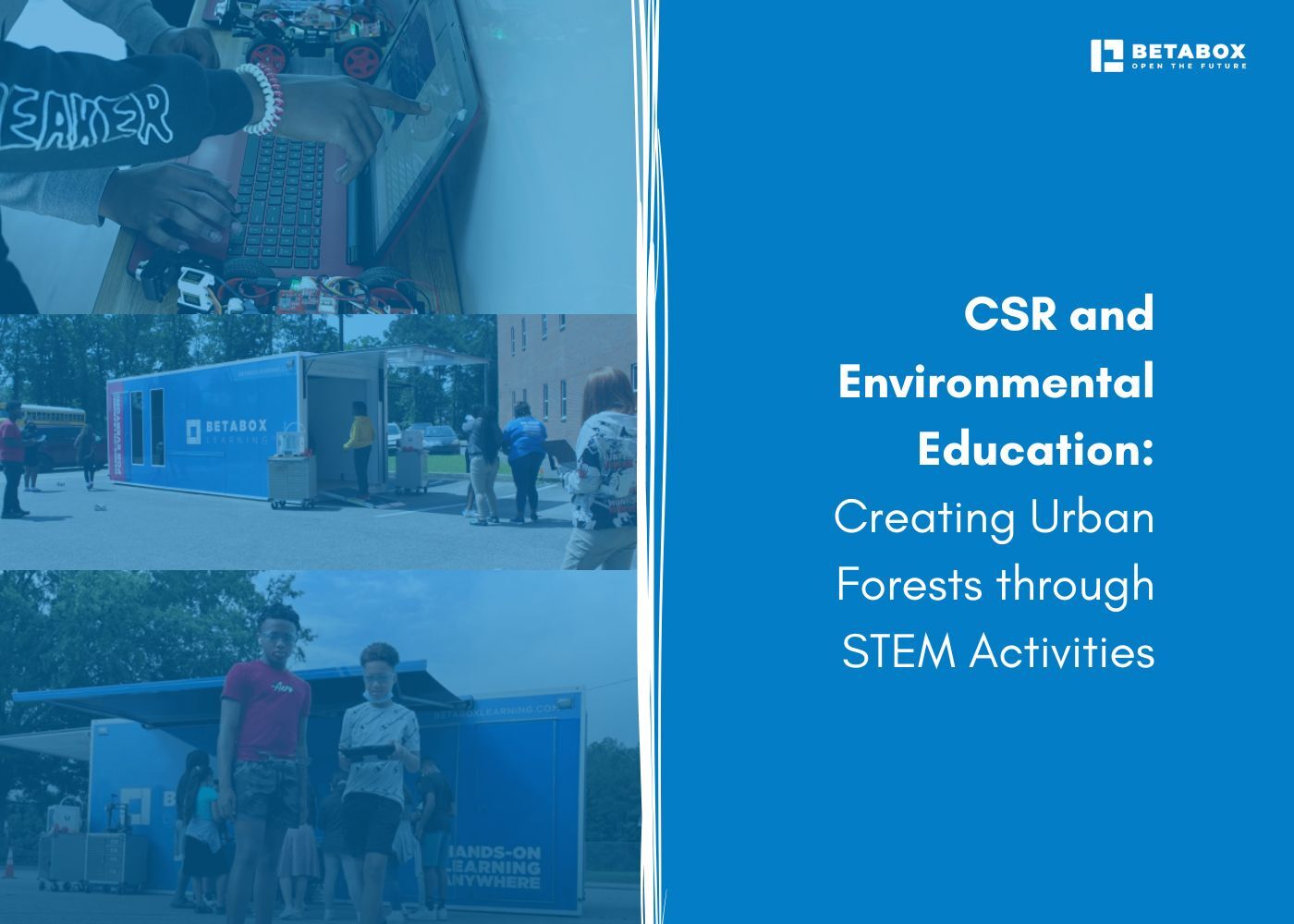

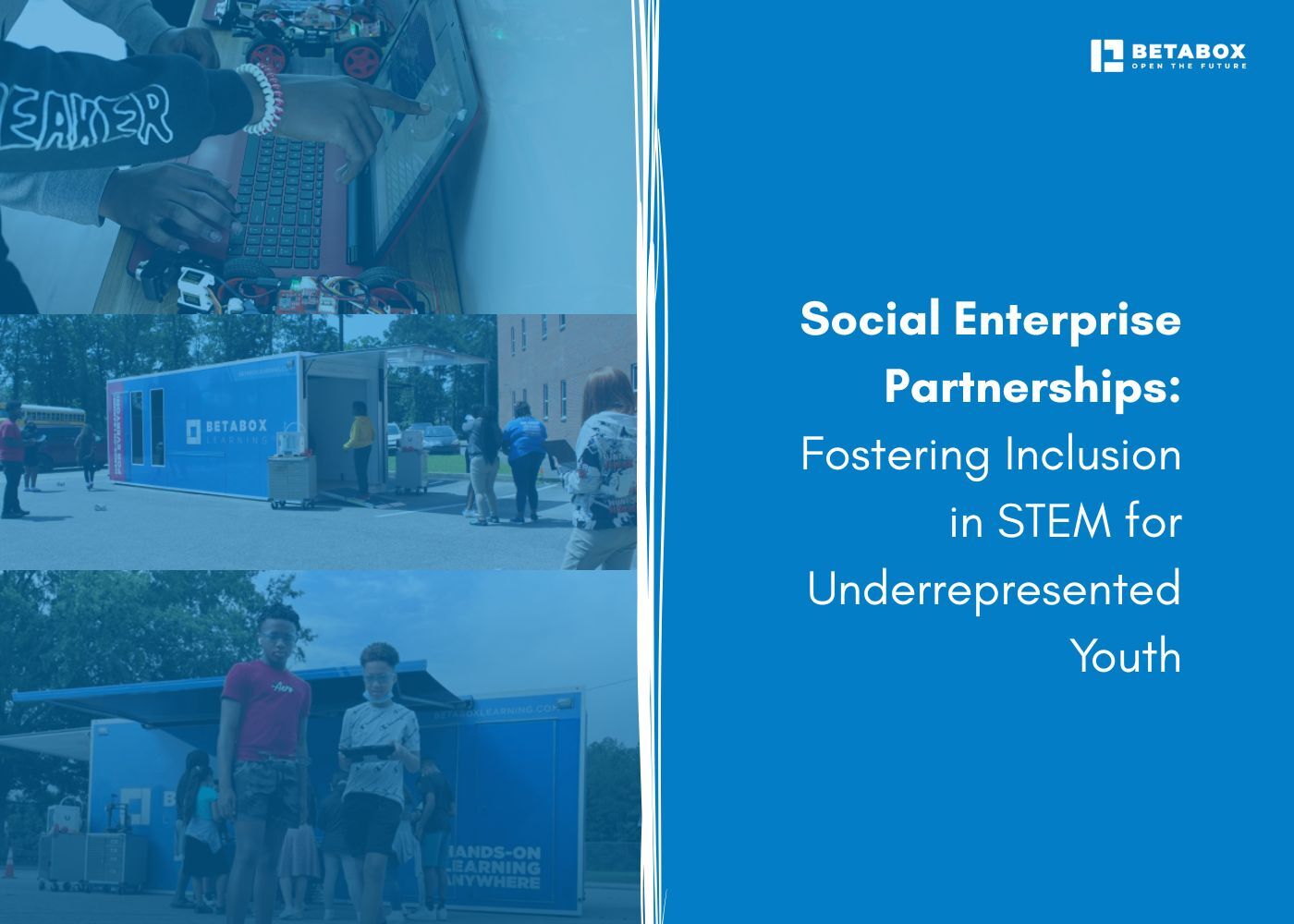

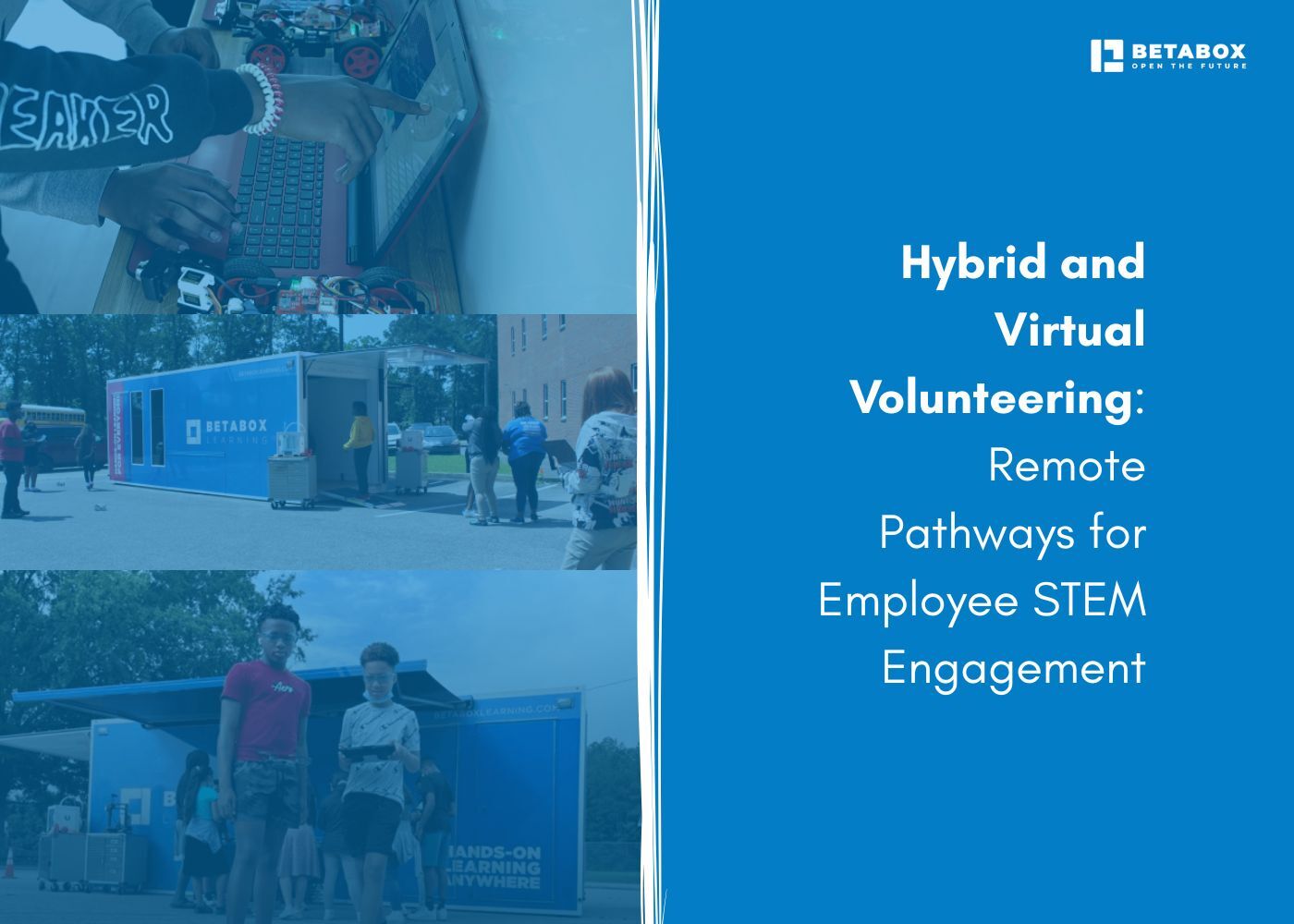

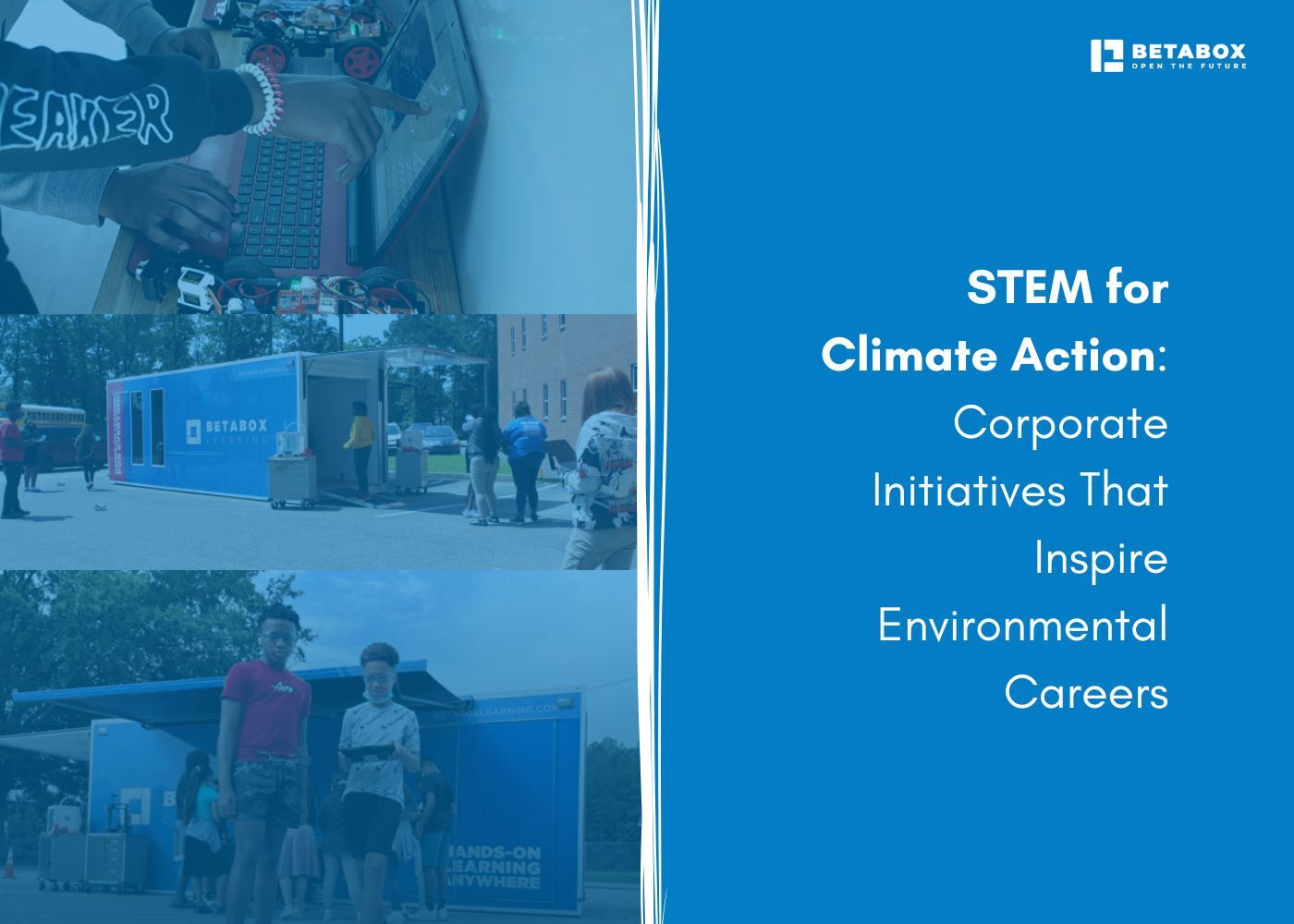



At Betabox Learning, we are passionate about making hands-on STEM curricula accessible to all students.

Join our newsletter to stay in the loop on all things Betabox and the future of STEM education.
By submitting your email address, you agree to our Privacy policy and Terms of Service. You can unsubscribe any time via the link in your email.
© 2025 Betabox. All Rights Reserved
